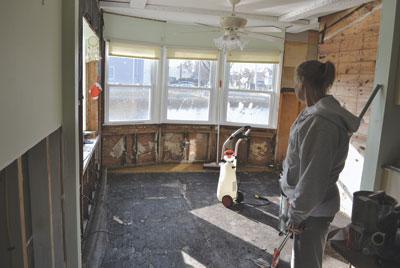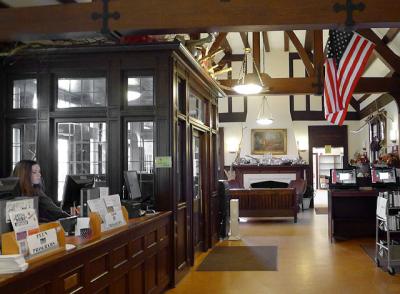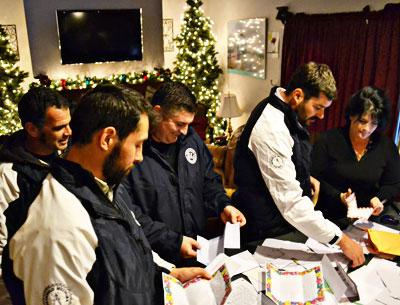Trinidad Calling
Trinidad Calling

They come from Jamaica by way of the Bronx or from Trinidad by way of Riverhead or from Antigua by way of Queens, gathering around midnight in six-inch heels, rhinestones, sunglasses, and intricate hairdos for a dance party at East Hampton Bowl that will go till 4 in the morning. If a bowling alley seems an unlikely venue for such finery, then the location is, at least in part, a practical response to a bedeviling problem: two of the attendees one night in July had been denied entry into a nearby restaurant and bar because of their race, some said. There are obviously still closed doors in the Hamptons, but the door to the bowling alley in East Hampton that night was not one of them.
“I’m drinking!” called out the D.J. when things were heating up around 2 a.m. “I’m drinking!” called out the crowd. Forget the exclusive and the exclusionary. The people in the alley’s barroom were as one, singing along to Beenie Man’s “I’m Drinking Rum and Red Bull” on a Saturday night in East Hampton. The floor was packed with dancers, and in the jam and crush people held lighters in the air.
These parties, organized by various promoters and set to a soundtrack partygoers might expect in a Kingston nightclub, happen almost every month of the year, according to the alley’s owner Ian Grossman. A New Year’s Eve event was just canceled, but upcoming parties can be found on the East Hampton Bowl Facebook page.







